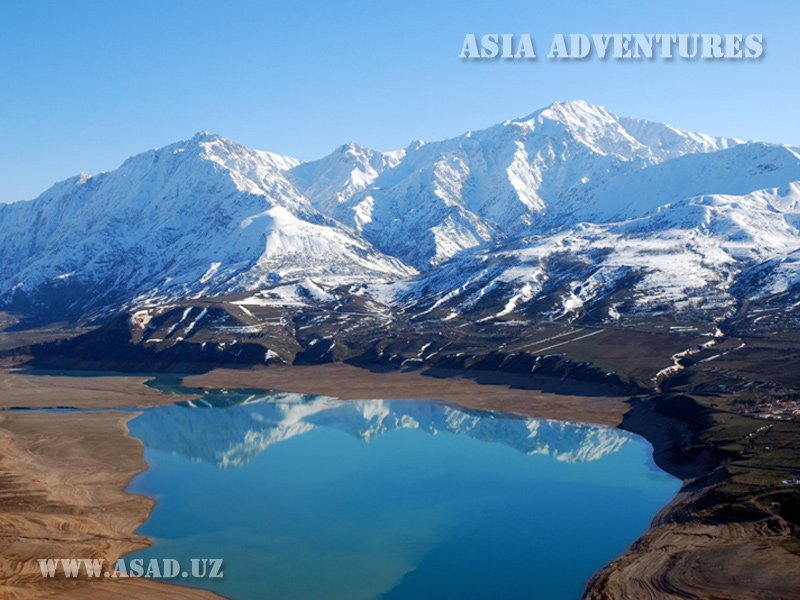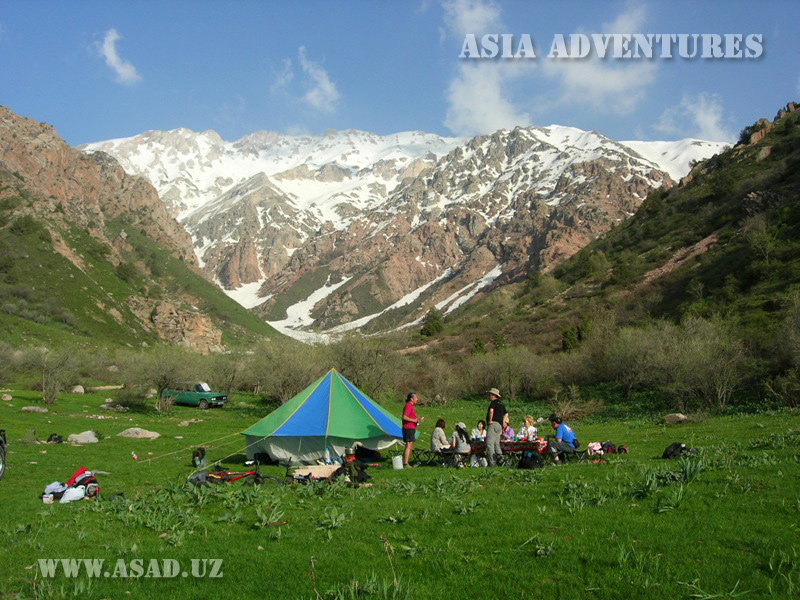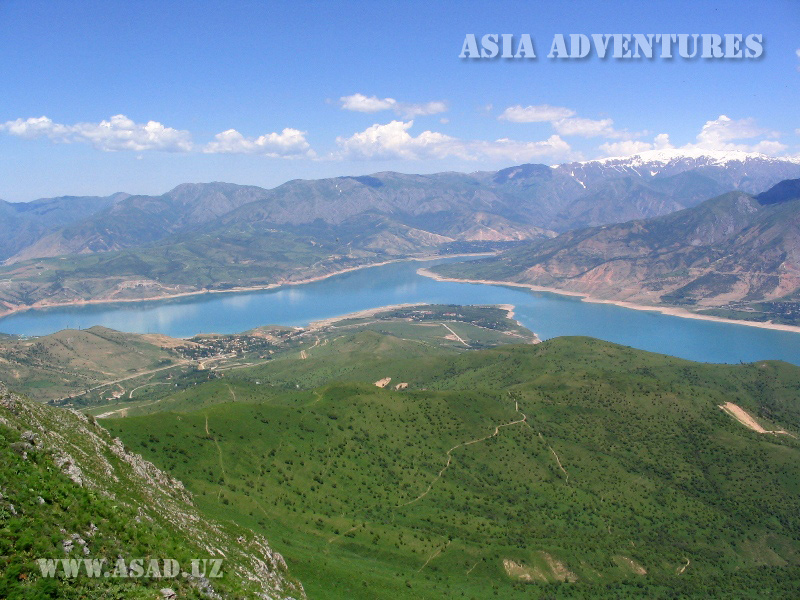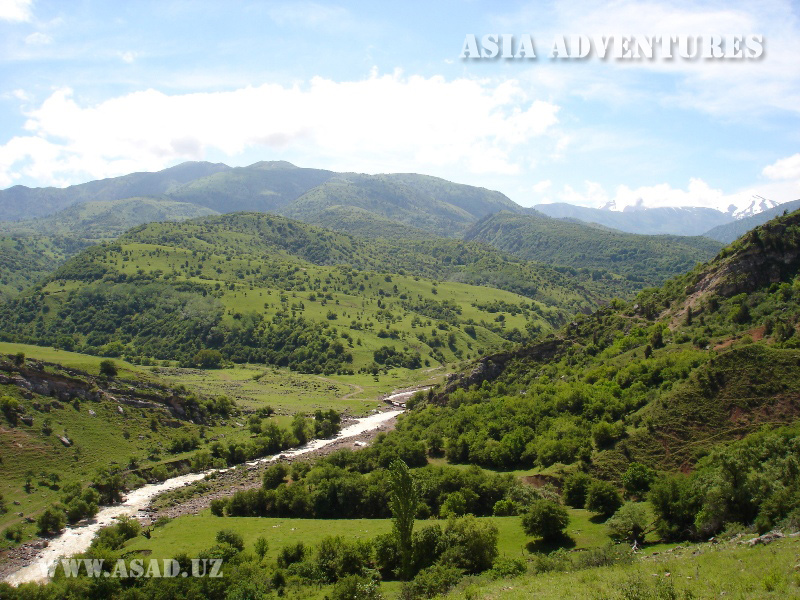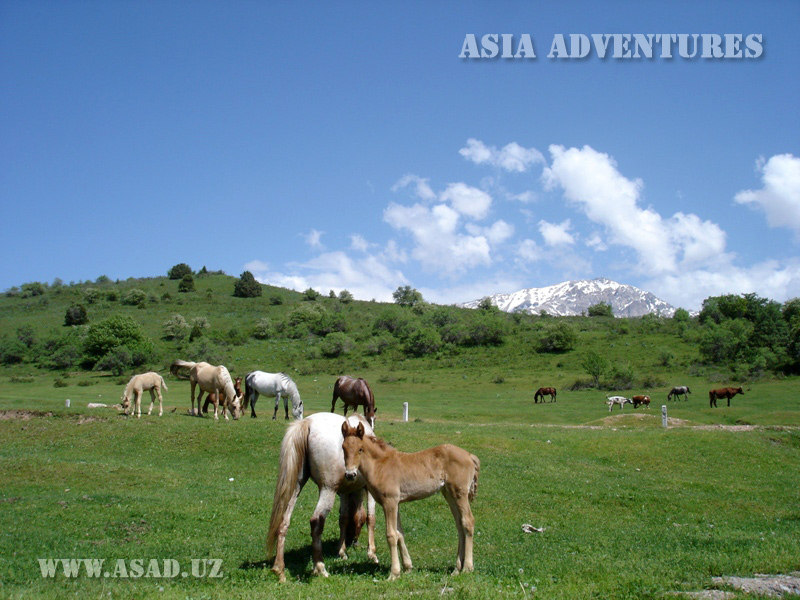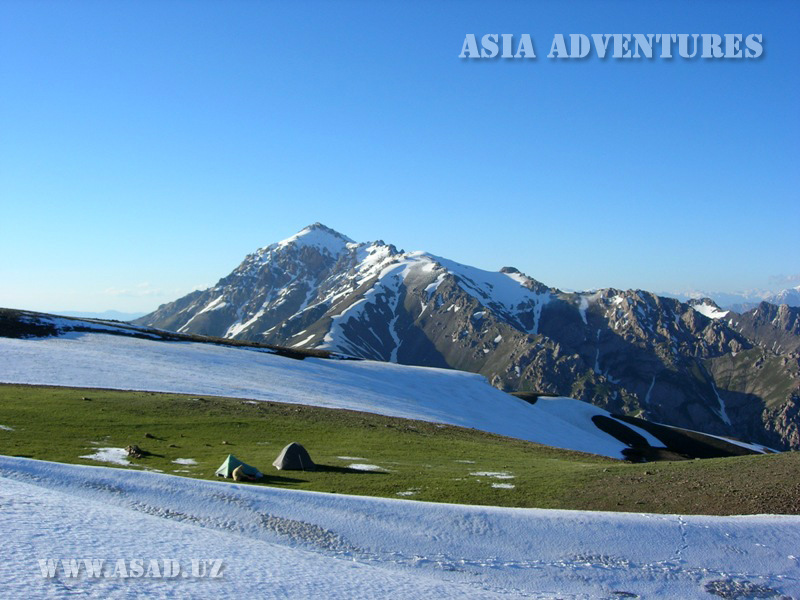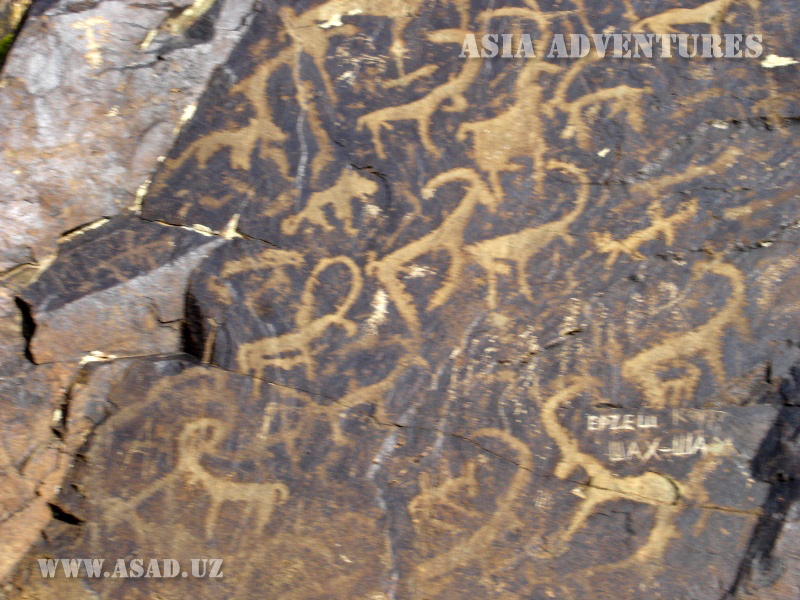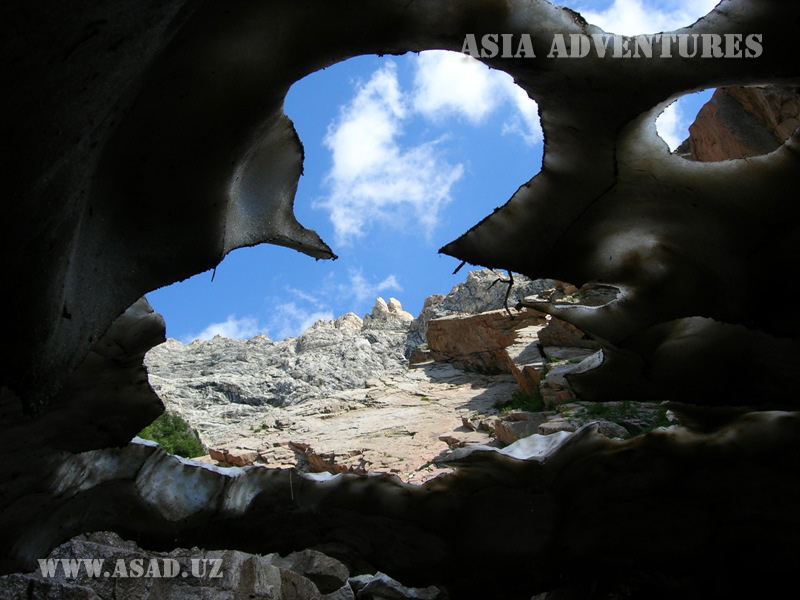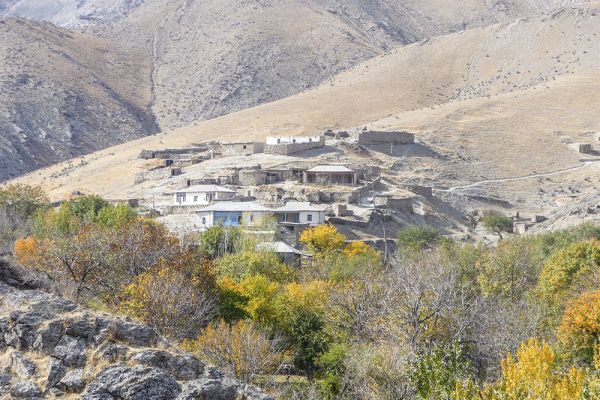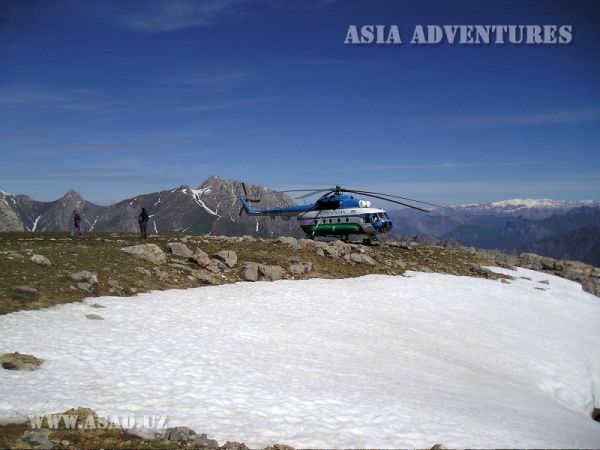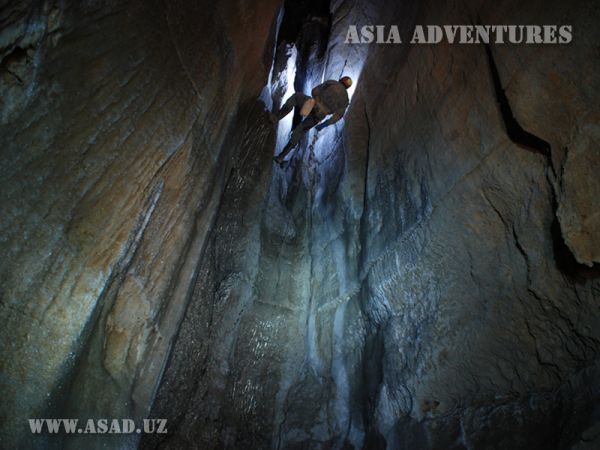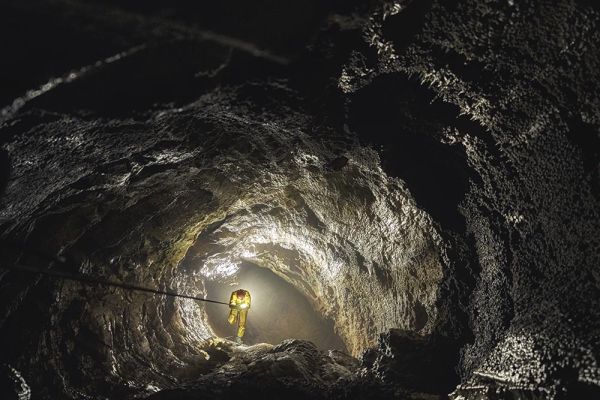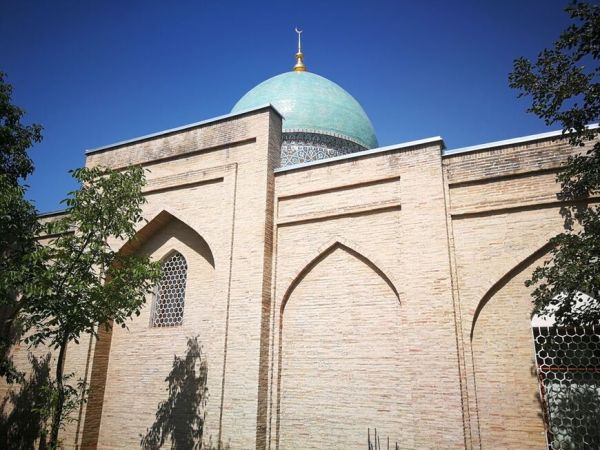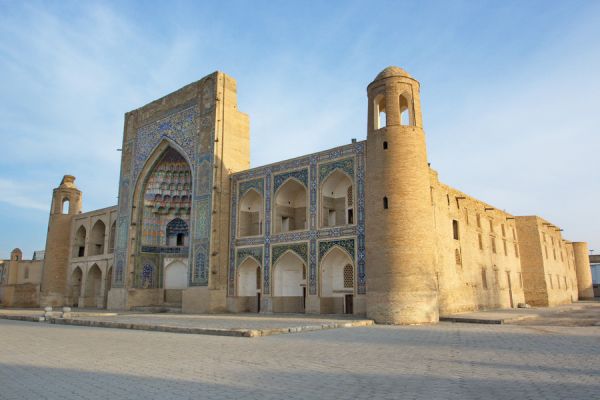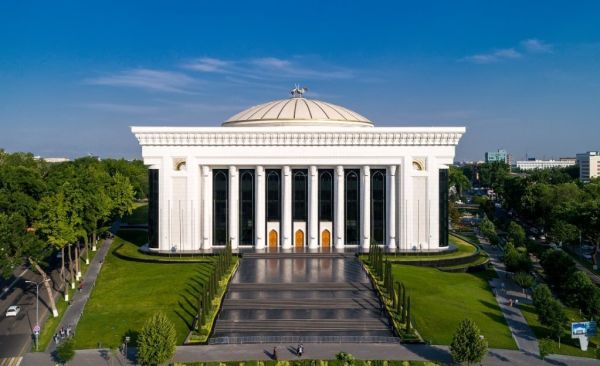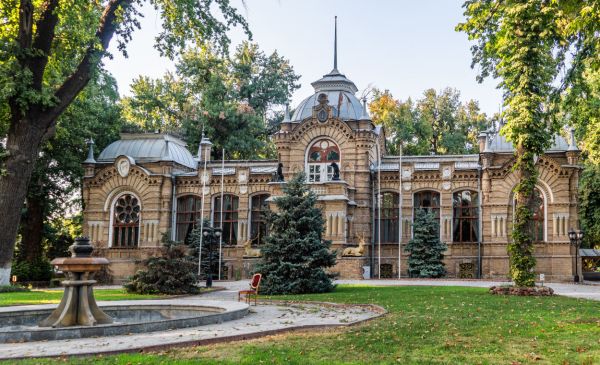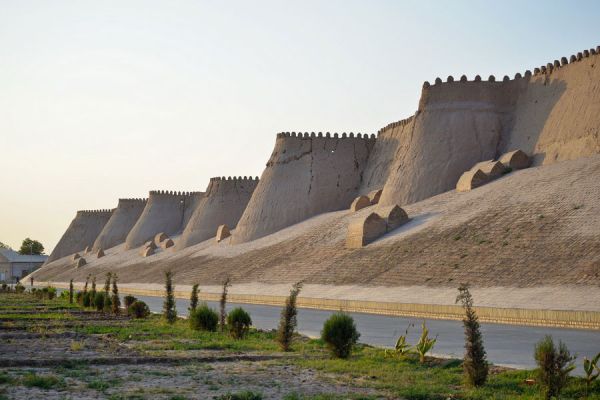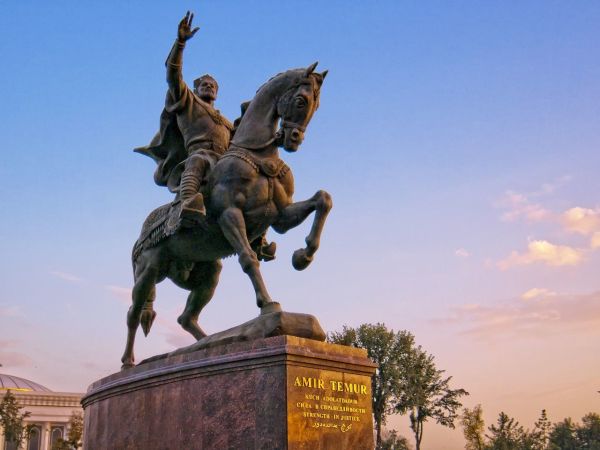Ugam-Chatkal State National Nature Park
Ugam-Chatkal State National Nature Park was established in 1992 on the basis of the Chatkal Biosphere Reserve, located in the foothills of the Chatkal Range of the Western Tien Shan, with the addition of Akhangaran, Brichmullinsky and Chirchik forestry enterprises.
Today, its area is 668 thousand 350 hectares and it is the largest nature conservation complex in Uzbekistan.
The National Park was created to protect the juniper mountain forests, its diverse ecosystems and the gene pool of rare and endangered species of animals and plants. Scientific research work is constantly carried out on the territory of the reserve to study the ecology of rare and endangered species of plants and animals, especially the Tien Shan brown bear, and avifauna.
Through the efforts of forestry workers, young forests are being planted along with the preservation of perennial trees. Rosehip, mountain almond, apple tree, juniper "Zeravshan", Crimean pine, planted by caring hands of people, develop well and gradually turn into a dense forest through natural reproduction. As a result of the environmental measures taken, the number of white-capped bears, wild boars and wildcats has increased significantly. Snow leopards, which almost disappeared earlier, have been spotted in the mountainous regions of Oygaing.
The fauna of the natural park is represented by 280 species of animals, of which 44 are mammals, 200 are birds, 16 are reptiles, 2 are amphibians, 20 are fish. The diversity of flora is even greater – 2.2 thousand plant species grow on the territory of the natural park, among which there are many endemic and rare species, such as Kaufman and Butkov tulips, which decorate the mountain slopes with bright spots in spring, two types of giant eremuruses among herbaceous plants, white and brown candles piercing the blue sky in early summer.
Most of the park is open to visitors and tourists. The most favorable time to explore the nature of the park is from May to July. The park's territory covers almost all vertical natural belts, from flourishing valleys and foothill steppes to alpine meadows and high-altitude glaciers. There are a variety of flowers here in spring. The red clearings of poppies are replaced by the blue of blooming bluebells. Snowdrops, crocuses, beautiful tulips, and eremuruses appear above. The air is filled with the smell of flowering herbs, trees and shrubs. Fluttering butterflies, birdsong, and the purest mountain air create a paradisiacal idyll.
The Chatkal Valley, located on the territory of the Bostanlyk district, is of particular interest to tourism enthusiasts. The large artificial Charvak lake reservoir is incredibly beautiful at any time of the year. It is the main water source of the Tashkent oasis and is filled with the waters of the turbulent mountain rivers Pskem, Kok-Su, Chatkal. The wide expanse of the lake is bounded by the Ugamsky, Pskemsky, and Chatkalsky ranges, some of whose peaks exceed four thousand meters. Children's health camps, modern comfortable hotel complexes with beaches and a developed recreation infrastructure are located on the shores of the lake.
The dominant peak of the area is Bolshoy Chimgan with a height of 3309m. The slopes of Chimgan are covered with snow from November to July. 30 – 40-meter waterfalls flow down from its rocky spurs, and the steep slopes are covered with intricately curved birches, rose hips, and mountain grasses.
At the foot of Chimgan is the popular ski resort of the same name and a favorite vacation spot for Uzbeks and numerous guests. Just 6 km from Chimgan, on the slopes of Mount Kumbel, there is another famous Beldersay ski resort with its famous 3-kilometer sports ski run.
There are many amazing, interesting and even mysterious places in the park. One of them is the mountainous Pulatkhan plateau, a pillar–shaped karst outcrop that rises steeply to a height of 3 kilometers. This inaccessible plateau still attracts tourists and romantics trying to find untold treasures hidden in caves. Indeed, there is a huge cave-a chasm cascading from 8 to 60 meters deep to 500 meters deep, but unfortunately no traces of treasure have been found. The plateau is incredibly beautiful. It is home to one of the largest colonies of Menzbir marmots in Uzbekistan, listed in the Red Book.
There are many interesting hiking trails in the national park. The most popular of them pass through the valleys, gorges and canyons of the rivers Akbulak, Karaarcha, Gulkam, Nurekat, Aksakata, Koksu with waterfalls, alpine meadows, bizarre cliffs, lakes.
There are great opportunities in the park for rafting – rafting on inflatable boats and catamarans along the stormy mountain rivers Chatkal, Pskem, Ugam, Oygaing. Rafting athletes come here to compete with their rapids not only from neighboring countries, but also from Europe, the USA, and Japan.
Other environmentally friendly types of active tourism are also popular here, such as horseback riding and cycling. There is also plenty of space for birdwatchers. In recent years, heliskiing programs have become increasingly popular – extreme downhill skiing across pristine, pristine snow-covered expanses from high mountain peaks and passes, where skiers are dropped off by helicopter.
